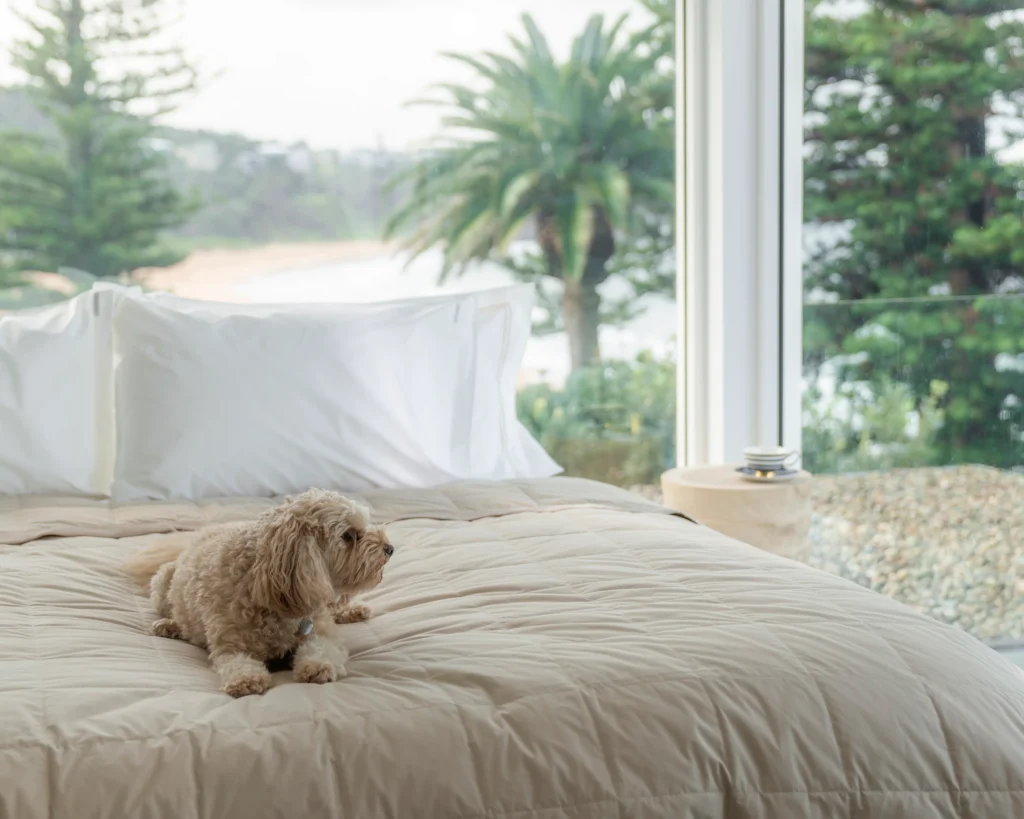Australians are increasingly adopting sustainable lifestyles, with a growing emphasis on eco-friendly choices in fashion, home design, and everyday living. As awareness of climate change and environmental responsibility continues to rise, households are seeking products that balance comfort, style, and sustainability. Among these choices, eco linen has become a preferred option, offering both practical benefits and a positive environmental impact.
Brands such as ecolinen Australia are leading the way in providing high-quality linen products tailored for modern homes. By choosing eco linen bedding and textiles, Australians are finding ways to enjoy healthier living environments while actively reducing their ecological footprint.
A Sustainable Fabric with Lasting Impact
Linen is derived from the flax plant, a crop that thrives with minimal water and pesticide use compared to cotton. Its cultivation has a lower environmental impact, making linen one of the most sustainable fabrics available today. Every part of the flax plant is used, reducing agricultural waste and supporting efficient production.
Unlike synthetic fabrics that generate microplastics and persist in landfills, linen is fully biodegradable. This ensures that products made from linen naturally return to the earth at the end of their life cycle, contributing to a cleaner and healthier planet.
Comfort Designed for the Australian Climate
Australia’s diverse climate makes breathability and adaptability in fabrics especially important. Linen’s natural properties help regulate body temperature by wicking away moisture and promoting airflow. This ensures cool comfort during hot summers and cozy warmth in winter months.
Eco linen bedding is also hypoallergenic, providing relief for individuals with sensitive skin or allergies. Its ability to resist bacteria and dust mites supports a cleaner, healthier sleep environment, making it particularly valuable for families.
Durability and Long-Term Value
Australians are increasingly seeking products that combine sustainability with long-term value. Linen excels in both areas. Stronger than cotton and resistant to wear, linen bedding and textiles can last for many years. Unlike fabrics that deteriorate quickly, linen actually improves with age, becoming softer and more comfortable with each wash.
While linen may require a higher initial investment, its durability ensures fewer replacements, ultimately saving money and reducing household waste. This aligns perfectly with a sustainable, value-driven lifestyle.
Aesthetic Appeal in Modern Homes
Beyond practicality, eco linen has gained popularity for its timeless beauty. Its natural texture and understated elegance suit a wide range of interior styles, from coastal and rustic themes to modern minimalist designs. Available in muted, earthy tones, linen bedding adds sophistication while maintaining a relaxed, inviting atmosphere.
This aesthetic versatility makes linen an attractive option for Australians who want their homes to reflect both style and sustainability.
Ethical and Conscious Consumer Choices
Eco linen is more than just a fabric; it represents a commitment to ethical living. Many sustainable linen producers emphasize fair trade practices, responsible sourcing, and eco-friendly manufacturing methods. For Australian consumers, purchasing linen products means supporting companies that value environmental care and worker well-being.
This alignment of ethics and sustainability is increasingly important for households seeking meaningful ways to live responsibly and reduce their impact on the planet.
Supporting Ethical and Responsible Production
Eco linen production often goes hand in hand with ethical practices. Many sustainable brands emphasize transparency, fair labor conditions, and eco-friendly manufacturing. Choosing these products supports companies that prioritize people and the planet, creating a positive impact beyond the home.
For consumers, purchasing eco linen means more than acquiring a product—it represents a conscious decision to align spending with values of sustainability and responsibility. This alignment is becoming increasingly important for households seeking meaningful ways to contribute to global change.
Sustainable Living Through Better Choices
Choosing eco linen bedding also reflects a commitment to sustainability. Flax, the plant from which linen is derived, requires fewer resources to grow compared to cotton. It needs less water and minimal pesticides, reducing the strain on the environment. Linen is also biodegradable, ensuring that products naturally decompose at the end of their life cycle.
By incorporating linen into bedrooms, households can enjoy personal comfort while supporting environmentally responsible practices. This dual benefit makes eco linen a powerful choice for those aiming to live more consciously.
Conclusion
Australians are embracing eco linen not only for its comfort and style but also for its environmental and ethical advantages. With its sustainable cultivation, long-lasting durability, and suitability for the Australian climate, linen represents a fabric that enhances both home living and ecological responsibility. By integrating eco linen into their daily lives, Australians are making conscious choices that contribute to better living today and a healthier planet tomorrow.
Eco linen bedding goes beyond aesthetics—it directly contributes to better sleep and enhanced comfort. Its breathability, moisture-wicking properties, durability, and hypoallergenic qualities make it one of the best fabrics for creating a healthy and relaxing sleep environment. At the same time, linen’s sustainability supports a greener lifestyle, proving that comfort and responsibility can go hand in hand.
